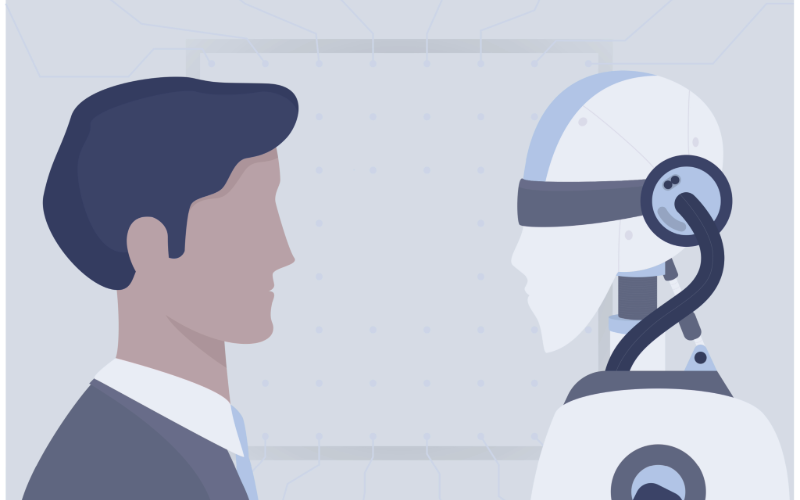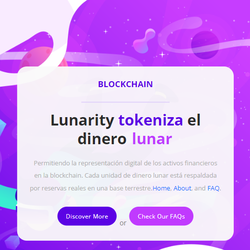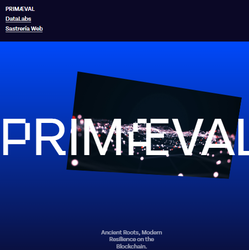
GPT-o1
Artificial intelligence (AI) continues to advance in leaps and bounds, and OpenAI remains at the forefront of this technological revolution. After surprising the world with the success of GPT-4o, a model that stood out for its speed, intelligence and ability to adapt to various situations, OpenAI has taken a new qualitative leap with the presentation of GPT-o1. This model, known internally as OpenAI Strawberry, represents a significant advance in the evolution of conversational systems.
The leap towards reflection and reasoning in real time
Over the last few years, OpenAI has led the development of conversational models, reaching milestones that seemed unthinkable. GPT-3, GPT-3.5 and later GPT-4o proved to be impressive tools capable of generating text with great consistency and accuracy. However, one of the most complex challenges for AI has been its ability to process information and offer not only quick, but also thoughtful responses. This is where GPT-o1 makes a fundamental difference.
Unlike its predecessors, GPT-o1 not only responds immediately, but has the ability to reflect before offering a response. This approach allows the model to analyze and reason about available information in real time, generating more detailed, accurate and contextually relevant responses. This advancement enables a more human and personalized conversational experience, bringing AI closer to fulfilling its potential as a tool to solve complex problems and offer advanced assistance in multiple fields.
An AI that imitates the human thought process
What makes GPT-o1 especially innovative is its ability to simulate the human thought process. Rather than relying solely on pre-existing data to generate responses, this model has the ability to momentarily “pause,” evaluating the context, considering multiple variables, and subsequently offering a more mature and thoughtful response. This process, which could be described as a form of "slow reasoning," significantly increases the quality and accuracy of interactions between the user and the AI.
This skill is especially important in situations where a quick response is not necessarily the best option, but rather a deeper analysis is required. For example, in areas such as healthcare, legal advice, business management or even education, where an AI that can evaluate and reflect offers tangible added value.
Real life applications and benefits of GPT-o1
The improvement in GPT-o1's ability to reflect and reason has direct implications for the way people interact with artificial intelligence. Below are some of the benefits that this model offers:
- Personalized assistance: By improving the ability to reason, GPT-o1 can offer recommendations more tailored to individual needs. This translates into a personalized experience, whether in customer service applications, academic tutoring or health consultation services.
- More precise decision making: In situations that involve complex decision making, such as financial advice or medical diagnoses, GPT-o1's thoughtful approach can reduce the margin of error, providing better-considered options.
- More human interactions: AI that can think before responding generates a conversation more fluid, less robotic and, therefore, more natural. This allows users to interact in a more comfortable way, similar to a conversation with another human being.
- Reduction of contextual errors: One of the challenges of previous models was to offer answers that, although correct from From a technical point of view, they could be out of context or not useful in the current situation. GPT-o1's ability to reflect helps mitigate this problem.
Challenges and the future of AI with OpenAI Strawberry
Despite its advances, the development of GPT-o1 has not been without challenges. The ability to reason and reflect in real time implies an increase in computational complexity and requires greater resources to function efficiently. Furthermore, although the model has been designed to minimize errors, it still faces the challenge of correctly interpreting more ambiguous or nuanced contexts, especially in conversations that involve figurative language or specific cultural references.
However, OpenAI developers continue working on improving these aspects. The company aims to continue refining its models, ensuring they can handle a greater diversity of situations and respond even more precisely to the complexities of human communication.
GPT-o1 Global Impact: Changing the way we interact with technology
The launch of GPT-o1 marks a fundamental change in the way people and organizations interact with artificial intelligence. The ability to reflect and offer more thoughtful responses has the potential to transform entire industries.
In the business sector, for example, companies will be able to use GPT-o1 to improve their customer services, solve operational problems more efficiently or even provide strategic advice. In the academic field, students will be able to receive more personalized assistance, allowing them to better understand complex concepts. In health, professionals will be able to have an additional tool that supports them in the analysis of clinical data and in making critical decisions.
A new standard in artificial intelligence
With the launch of GPT-o1, OpenAI continues to consolidate its leadership in the field of artificial intelligence. The ability to reflect before responding represents a significant advance in the evolution of conversational models, opening the door to more sophisticated and useful applications in a wide range of sectors.
The future of artificial intelligence seems increasingly brighter and closer, and with models like GPT-o1, OpenAI is positioned as one of the main players in the creation of technologies that can truly change the world.



